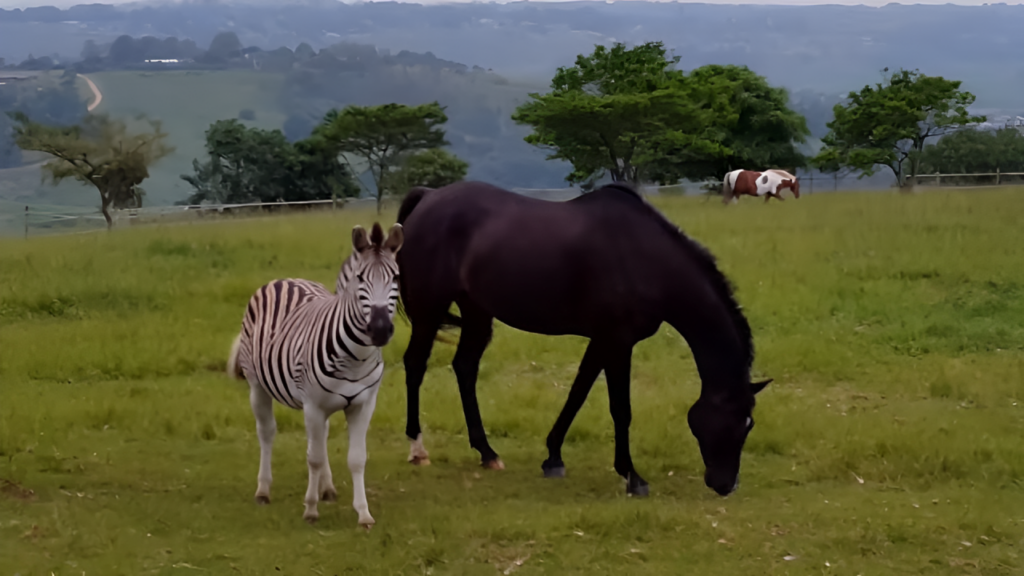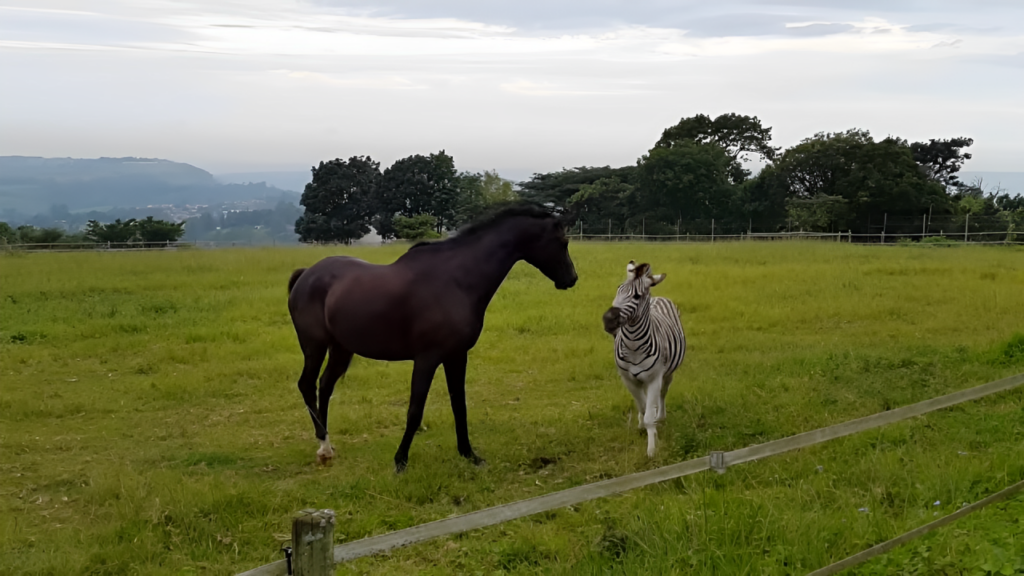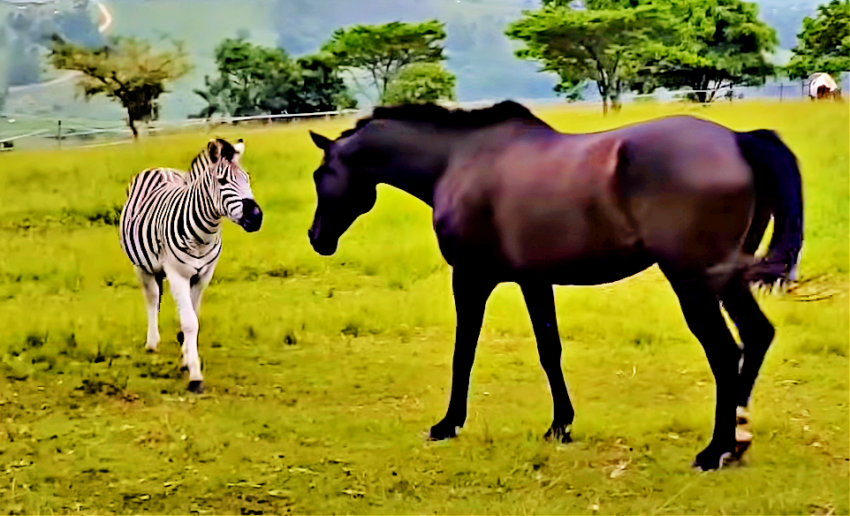Zebras and horses, both integral members of the Equidae family, exhibit a myriad of similarities, establishing them as closely related yet distinct species. As herbivorous mammals, they share characteristics such as hoofed feet, which are well-adapted for quick movement across varied terrains. Both are also herd animals, which plays a crucial role in their survival strategies against predators. Physiologically, they are similar, possessing a comparable number of teeth, long heads, and pronounced manes. These shared traits underscore their evolutionary lineage and highlight their adaptations to environments where speed and social structures are vital for survival.

However, despite these similarities, there are notable differences that distinguish zebras from horses. Zebras are generally smaller and lighter, with physical features adapted to their specific habitats in Africa. They have larger, more rounded ears that enhance their sensory perceptions and a distinct tail with a tuft of hair at the end, unlike the fully hairy tails of horses. The mane of a zebra is also markedly different—shorter and erect, which contrasts with the long, flowing mane of a horse. These differences are complemented by behavioral distinctions; zebras are known for their skittish and sometimes aggressive nature when cornered, a trait likely developed through natural selection to enhance their ability to evade predators.

The domestication level between the two species also varies significantly. Horses have been domesticated for thousands of years, serving humans in various capacities from transportation to companionship. On the other hand, zebras have proven to be more challenging to tame and are not typically used for riding due to their smaller size and limited back strength. Despite occasional uses of zebras for short rides, they remain predominantly wild animals, residing in diverse African ecosystems including savannas, grasslands, woodlands, and mountainous areas. Horses, conversely, have been adapted to a wide range of environments globally, demonstrating their extensive versatility and utility in human societies.

Ecologically, zebras and horses also play different roles in their respective habitats. While both species can interbreed, producing sterile offspring such as zorses, horbras, and zonies, their abilities in terms of speed and agility differ. Horses are capable of reaching speeds up to 54.7 miles per hour, significantly faster than zebras, who can reach up to 40 miles per hour. Despite being slower, zebras possess a unique ability to evade predators by running in a zigzag pattern, a tactic that showcases their specialized adaptation to the predator-rich environments of Africa. These ecological and behavioral adaptations highlight the complex interplay between environment and evolutionary development in these fascinating members of the Equidae family.
